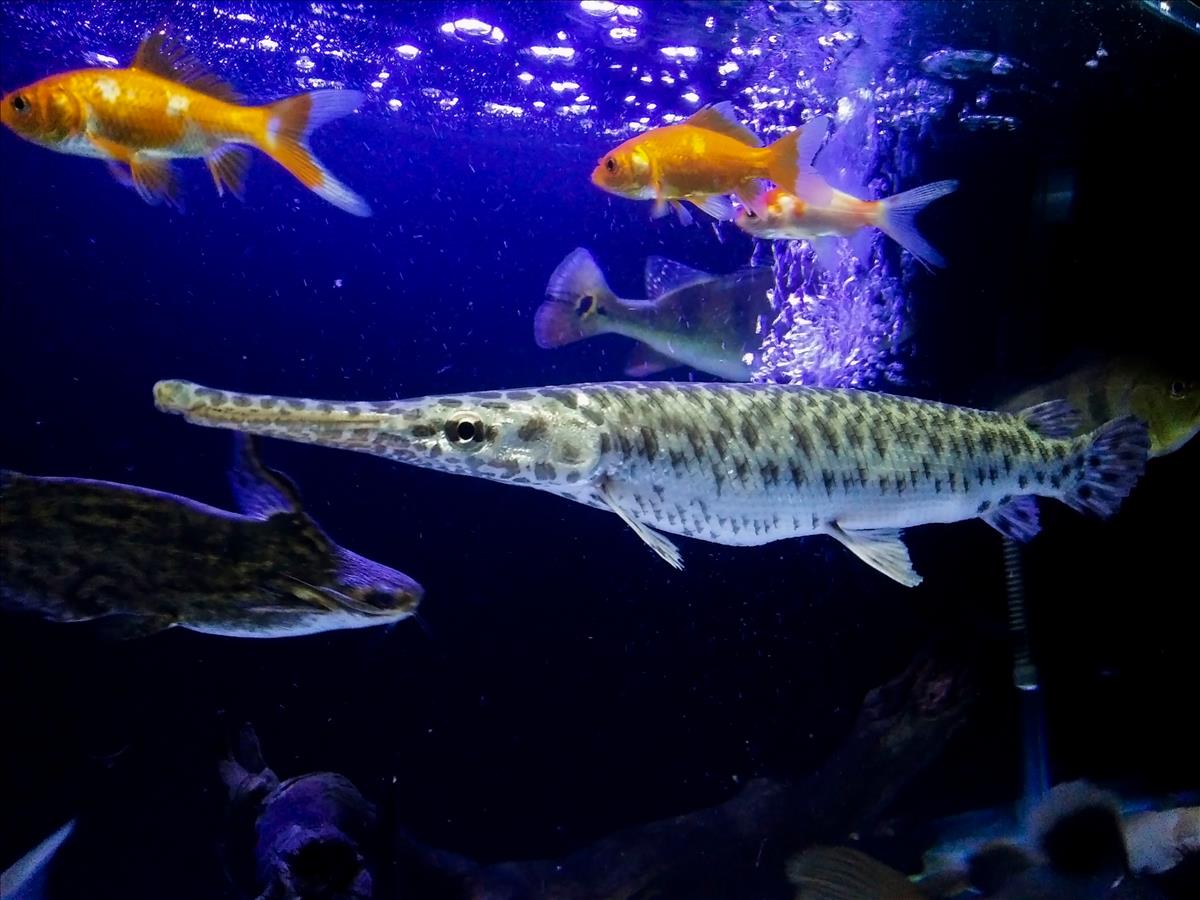Alerts
Please be advised that our bird aviaries are open!
Your Toronto Zoo is committed to the health and safety of the animals in our care. We take proactive steps to protect our birds from Avian Influenza which has been confirmed in a wild bird in southern Ontario, and some birds may still be off display.
Please note Splash Island is still closed and will not open until July due to unforeseen delays in construction. Please watch for updates on https://www.torontozoo.com/tz/splash or on our social media pages. Thank you!
Please note the following animals are currently not on display due to various reasons including Avian Bird Flu, and Covid-19 sensitivity:
- Flamingo, peacock, owl, bald eagle, and aviaries
- Some Kids Zoo Animals
- Cougar
- Moose
- Kangaroo walk through (kangaroos are still visible)
- Axolotl
We apologize for the inconvenience!


Fish
Location at the Zoo:
Americas
Region: Americas
Florida gar
Length: 50 to 85 cm. The heaviest Florida gar on record weighed 3.2 kg. Females reach larger sizes than males. This ancient group of predaceous fishes can be recognized by a long, cigar shaped body with firm armour of close-set, enamelled diamond shaped scales. These ganoid-type scales are very hard, and they fit one against the other like bricks in a wall. (Native peoples once used the scales as arrowheads!) The Florida gar has long snout-like jaws similar to those of an alligator, containing many sharp teeth. The dorsal fin is located far back directly above the anal fin. This gar is a deep, olive green with darker spots on the back. Its sides are lighter and the fins are heavily blotched and spotted. It is very similar to the spotted gar; the major distinguishing characteristic is the distance from the front of the eye to the back of the bony opercle (the uppermost and largest of the bones that form the gill cover). If that distance is less than two-thirds of the spout length the fish is a Florida gar, if the distance is more than two-thirds it is a spotted gar.Conservation Status: IUCN
